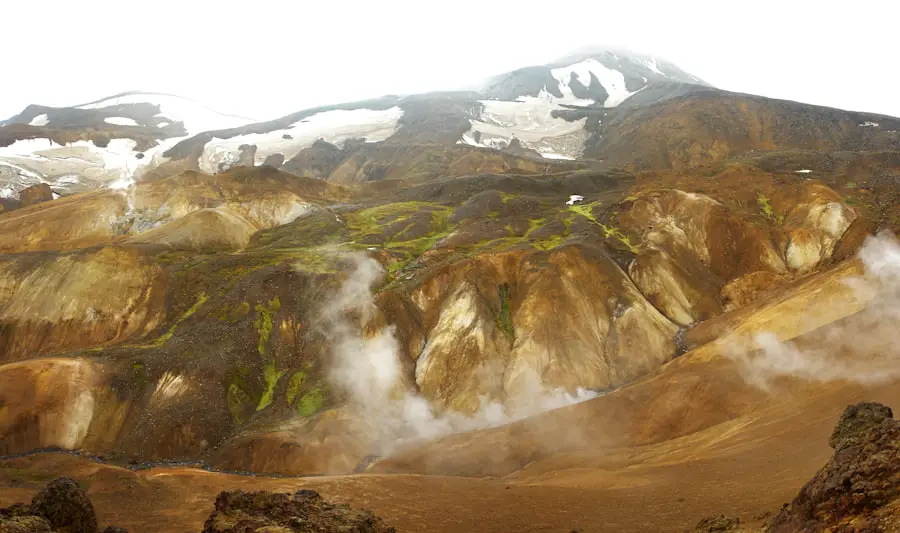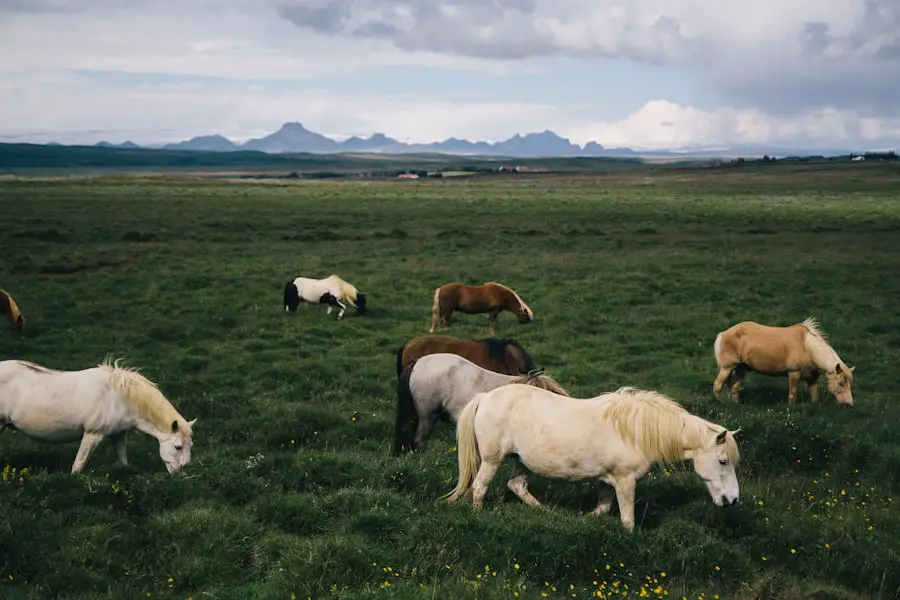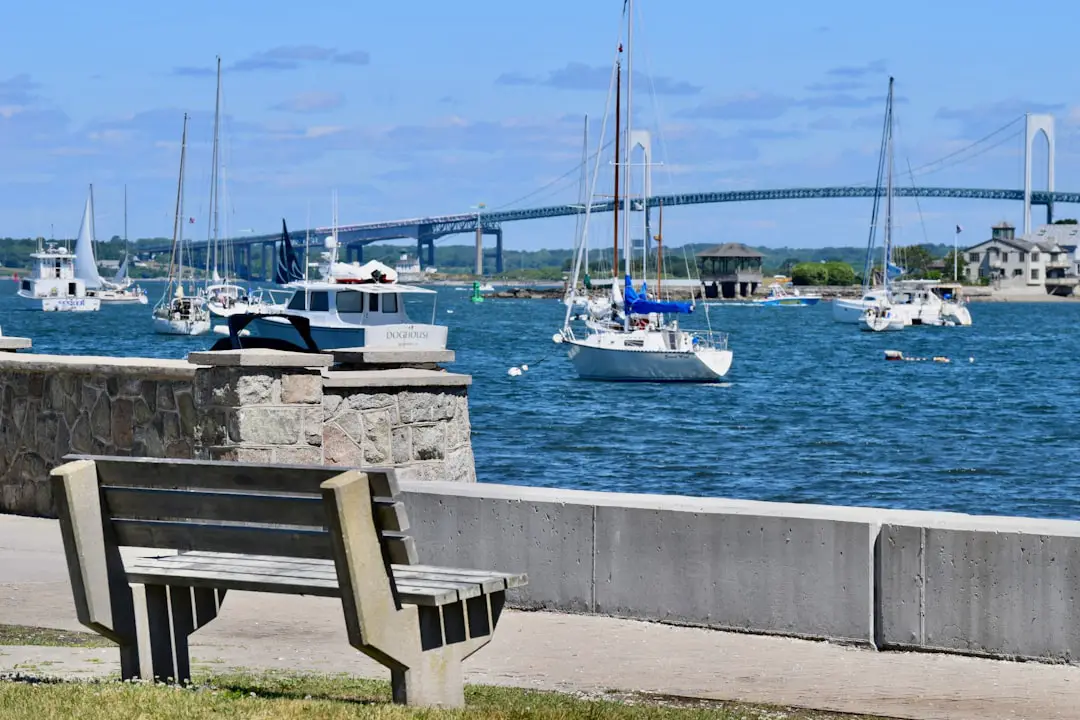As winter recedes and the days grow longer, spring emerges as a vibrant tapestry of colors, particularly marked by the enchanting cherry blossom season. In many parts of the world, particularly in Japan and Washington, D.C., the blooming of cherry blossoms signifies not just the arrival of spring but also a cultural celebration steeped in tradition. The delicate pink and white petals create a breathtaking spectacle, drawing visitors from near and far.
In Japan, hanami, or flower viewing, is a cherished custom where families and friends gather under the blooming trees to enjoy picnics, share stories, and appreciate the fleeting beauty of nature. Parks such as Ueno Park in Tokyo and the Shinjuku Gyoen National Garden become bustling hubs of activity, filled with laughter, music, and the aroma of seasonal delicacies. The cherry blossom season is not merely a visual feast; it also serves as a reminder of the transient nature of life.
The blossoms typically last only a week or two, creating a sense of urgency for those wishing to witness their beauty. This ephemeral quality has inspired countless poets, artists, and photographers who seek to capture the moment before it fades. In Washington, D.C., the National Cherry Blossom Festival celebrates this annual event with parades, cultural performances, and art exhibitions.
The festival commemorates the 1912 gift of cherry trees from Japan to the United States, symbolizing friendship between the two nations. Visitors can stroll along the Tidal Basin, where over 3,000 cherry trees bloom, creating a picturesque setting that has become iconic in American culture.
Key Takeaways
- Spring in Japan brings the beautiful cherry blossom season, a time when the country’s iconic pink flowers bloom and create stunning landscapes.
- Summer is the season for outdoor festivals and events in many destinations, offering a lively and vibrant atmosphere for travelers to enjoy.
- Fall brings mild weather and stunning foliage, making it an ideal time for outdoor activities and sightseeing in many destinations.
- Winter is a time for holiday celebrations and light displays, creating a festive and magical atmosphere for travelers to experience.
- Off-peak travel allows for avoiding crowds and high prices, making it an ideal time for budget-conscious travelers to explore popular destinations.
Summer: Outdoor Festivals and Events
As spring gives way to summer, communities around the globe come alive with outdoor festivals and events that celebrate culture, music, food, and art. The warm weather invites people to gather in parks, streets, and open spaces to partake in festivities that often last for days. One of the most notable summer events is the Edinburgh Festival Fringe in Scotland, which is recognized as the world’s largest arts festival.
Each August, thousands of performers take to stages across the city to showcase everything from theater and comedy to dance and music. The atmosphere is electric, with street performers entertaining passersby and spontaneous performances occurring in every corner of the city. In addition to arts festivals, summer is also synonymous with food festivals that highlight local cuisine and culinary traditions.
Events like the Taste of Chicago or the New Orleans Jazz & Heritage Festival not only celebrate regional dishes but also provide a platform for local musicians to perform. These festivals often feature cooking demonstrations, tastings, and workshops that allow attendees to immerse themselves in the local culture. The vibrant energy of summer festivals fosters a sense of community and connection among attendees, making them an essential part of the seasonal experience.
Fall: Foliage and Mild Weather

As summer transitions into fall, nature undergoes a stunning transformation that captivates many with its rich tapestry of colors. The changing leaves create a breathtaking backdrop for outdoor activities such as hiking, apple picking, and scenic drives. Regions like New England in the United States are particularly famous for their fall foliage, where vibrant reds, oranges, and yellows blanket the landscape.
National Park Service Tourists flock to places like Vermont and New Hampshire to witness this natural spectacle, often taking part in local harvest festivals that celebrate the bounty of autumn. The mild weather during fall also makes it an ideal time for outdoor exploration. Many cities host events that highlight seasonal activities such as pumpkin patches, corn mazes, and hayrides.
In addition to these family-friendly activities, fall is also a time for cultural celebrations like Oktoberfest in Germany. This world-renowned festival celebrates Bavarian culture with traditional music, food, and beer. Visitors can enjoy hearty dishes like pretzels and sausages while participating in lively dances and games.
The combination of stunning scenery and festive events makes fall a season that resonates deeply with those who appreciate both nature’s beauty and cultural traditions.
Winter: Holiday Celebrations and Light Displays
| City | Number of Light Displays | Number of Holiday Celebrations |
|---|---|---|
| New York City | 100 | 20 |
| London | 80 | 15 |
| Tokyo | 60 | 10 |
As temperatures drop and snow blankets many regions, winter brings with it a unique charm characterized by holiday celebrations and dazzling light displays. Cities around the world transform into winter wonderlands adorned with twinkling lights and festive decorations. In places like New York City, iconic landmarks such as Rockefeller Center become focal points for holiday festivities.
The towering Christmas tree adorned with thousands of lights draws crowds eager to experience the magic of the season. Ice skating rinks pop up in public squares, offering both locals and tourists a chance to embrace the winter spirit. In addition to traditional holiday celebrations, many cultures have their own unique winter festivities that reflect their heritage.
For instance, Diwali in India celebrates the triumph of light over darkness with vibrant displays of fireworks and colorful rangoli designs. Similarly, Hanukkah is marked by the lighting of menorahs and family gatherings filled with traditional foods like latkes and sufganiyot. These celebrations often emphasize themes of togetherness and gratitude, providing warmth during the coldest months of the year.
The combination of cultural diversity and festive cheer creates an atmosphere that invites people to come together in celebration.
Off-Peak Travel: Avoiding Crowds and High Prices
Traveling during off-peak seasons can offer a wealth of benefits for those looking to explore new destinations without the hustle and bustle associated with peak tourist times. By choosing to travel during these quieter periods, visitors can enjoy lower prices on accommodations and attractions while experiencing a more relaxed atmosphere. For instance, many popular tourist destinations see a significant drop in visitors during late fall or early spring months.
This allows travelers to explore iconic sites such as the Eiffel Tower or Machu Picchu without long lines or overcrowded spaces. In addition to cost savings, off-peak travel often provides opportunities for more authentic interactions with locals. With fewer tourists around, residents may be more inclined to engage with visitors, sharing insights about their culture and recommendations for hidden gems that are often overlooked during peak seasons.
This can lead to a richer travel experience where one can truly immerse themselves in the local way of life. Furthermore, many attractions offer special deals or discounts during off-peak times to encourage visitors, making it an ideal time for budget-conscious travelers.
Peak Travel: Maximizing Sightseeing Opportunities

Immersive Cultural Experiences
In cities like Venice during Carnival or Rio de Janeiro during Carnival season, visitors can witness vibrant parades filled with elaborate costumes and lively music that create an unforgettable atmosphere.
Ideal Weather Conditions
Peak travel seasons often coincide with favorable weather conditions that enhance outdoor activities. For instance, summer months are ideal for exploring national parks or coastal regions where hiking trails or beaches are at their best.
Efficient Travel Planning
Travelers can take advantage of organized tours that provide guided experiences through popular sites while ensuring they don’t miss out on key highlights. While crowds may be larger during peak times, careful planning can help visitors navigate busy attractions efficiently—such as booking tickets in advance or visiting popular sites early in the morning or later in the evening.
Weather Considerations: Planning for Rain or Snow
When planning travel itineraries, weather considerations play a crucial role in ensuring a smooth experience. Different seasons bring varying weather patterns that can significantly impact outdoor activities and sightseeing opportunities. For instance, summer storms may disrupt plans for outdoor festivals or beach outings; therefore, travelers should always check forecasts ahead of time and have contingency plans in place.
Packing appropriate clothing—such as lightweight rain jackets or umbrellas—can make all the difference when unexpected weather arises. In winter months, snow can create both challenges and opportunities for travelers. While heavy snowfall may hinder transportation or limit access to certain attractions, it also opens up possibilities for winter sports enthusiasts seeking skiing or snowboarding adventures.
Destinations like Aspen or Whistler become playgrounds for those looking to embrace winter activities while enjoying cozy lodges and après-ski culture. Understanding local weather patterns allows travelers to tailor their itineraries accordingly—whether it means embracing indoor attractions during rainy days or seeking out winter wonderlands when snow blankets the landscape.
Special Events: Planning Around Major Conferences and Conventions
Traveling around major conferences and conventions requires careful planning to ensure a seamless experience amidst bustling crowds and heightened demand for accommodations. Cities hosting significant events—such as tech conferences in San Francisco or fashion weeks in New York—often see an influx of visitors that can impact availability at hotels and restaurants. Early booking becomes essential during these times; travelers should secure accommodations well in advance to avoid inflated prices or limited options.
Additionally, attending special events can provide unique networking opportunities for professionals looking to connect within their industry while exploring new destinations. Many conferences offer workshops or sessions that allow attendees to gain insights from industry leaders while also providing ample time for socializing with peers. However, it’s important for travelers to balance their schedules between conference commitments and leisure activities—ensuring they take advantage of local attractions or cultural experiences that may be available during their stay.
By strategically planning around these major events, travelers can maximize both their professional engagements and personal exploration during their trips.
When planning your trip to Washington D.C., it’s important to consider the best time to visit. According to TakeTravelInfo, the best time to travel to D.C. is during the spring or fall when the weather is mild and the city is in full bloom. Be sure to pack essentials like a solar charger for your electronic devices, merino wool travel socks to keep your feet comfortable, and a travel fishing pole for some outdoor fun along the Potomac River. These items will ensure you have a smooth and enjoyable trip to the nation’s capital.
FAQs
What is the best time to travel to Washington, D.C.?
The best time to travel to Washington, D.C. is during the spring (March to May) and fall (September to November) when the weather is mild and the city’s famous cherry blossoms are in bloom.
What is the weather like in Washington, D.C. during the best times to travel?
During the spring and fall, the weather in Washington, D.C. is mild with temperatures ranging from 50°F to 70°F. It is also less humid compared to the summer months.
Are there any events or festivals in Washington, D.C. during the best times to travel?
Yes, the National Cherry Blossom Festival takes place in Washington, D.C. during the spring, attracting visitors from around the world to see the beautiful cherry blossoms in bloom.
What are the peak tourist seasons in Washington, D.C.?
The peak tourist seasons in Washington, D.C. are during the spring and fall when the weather is mild and the city’s attractions are in full bloom.
Are there any considerations to keep in mind when traveling to Washington, D.C. during the best times?
It is important to book accommodations and tours in advance as the city can get crowded during the peak tourist seasons. Additionally, be prepared for fluctuating weather and pack layers for your trip.
